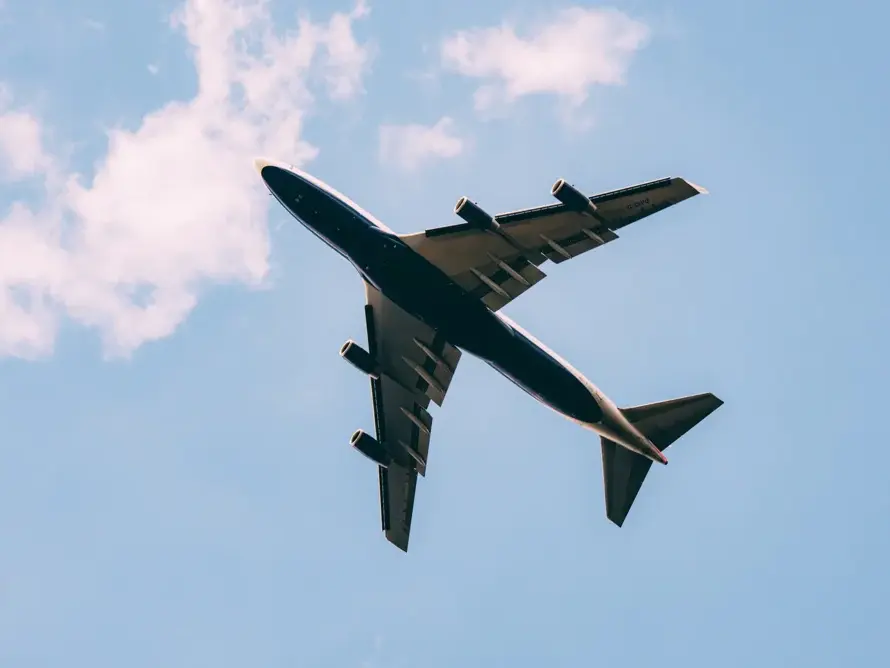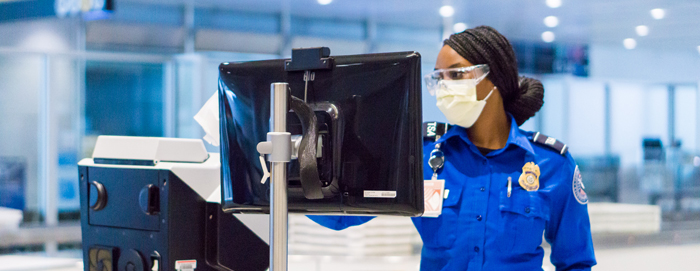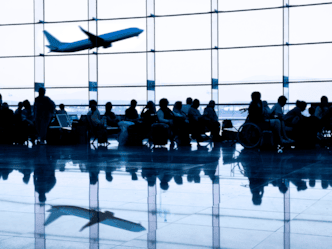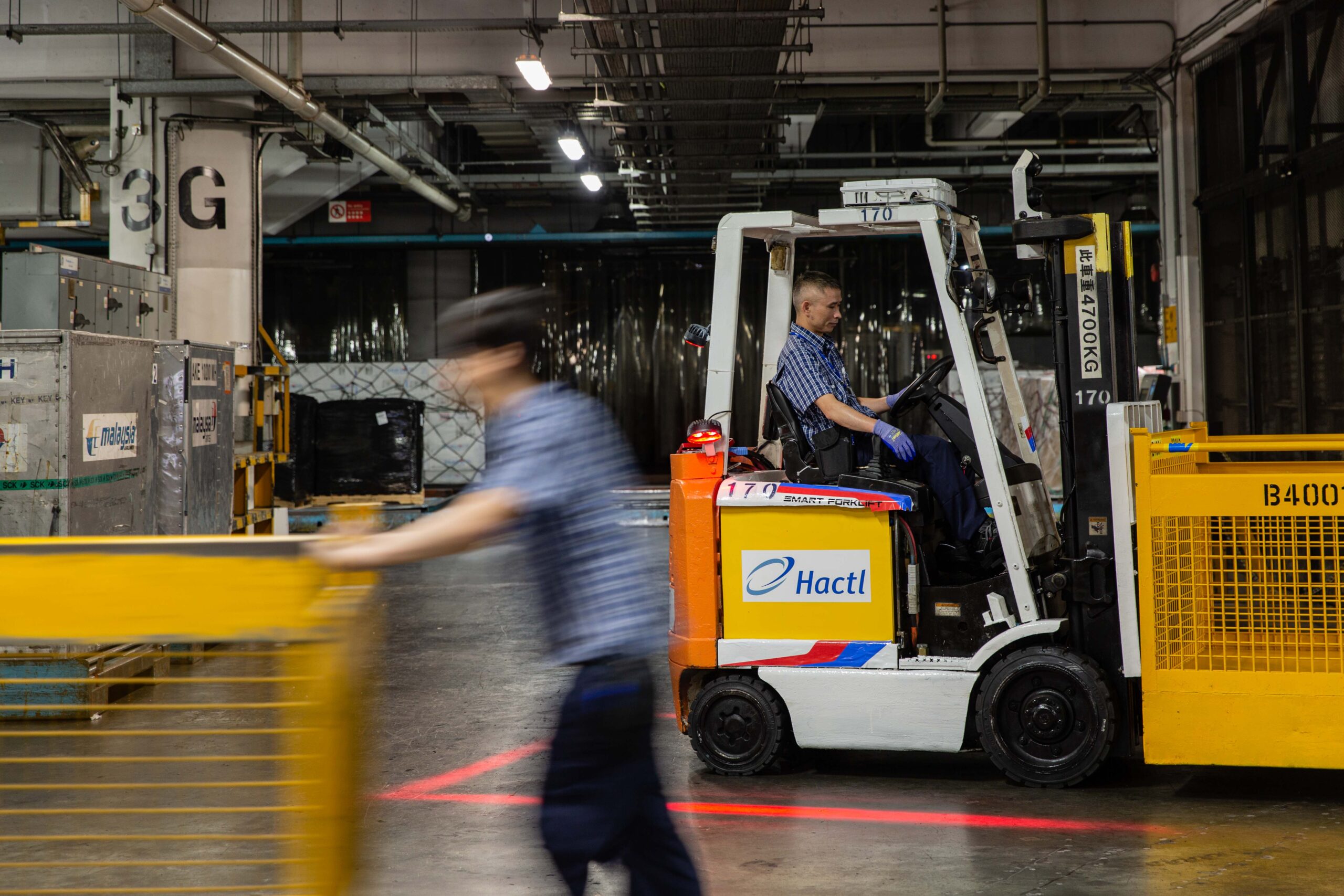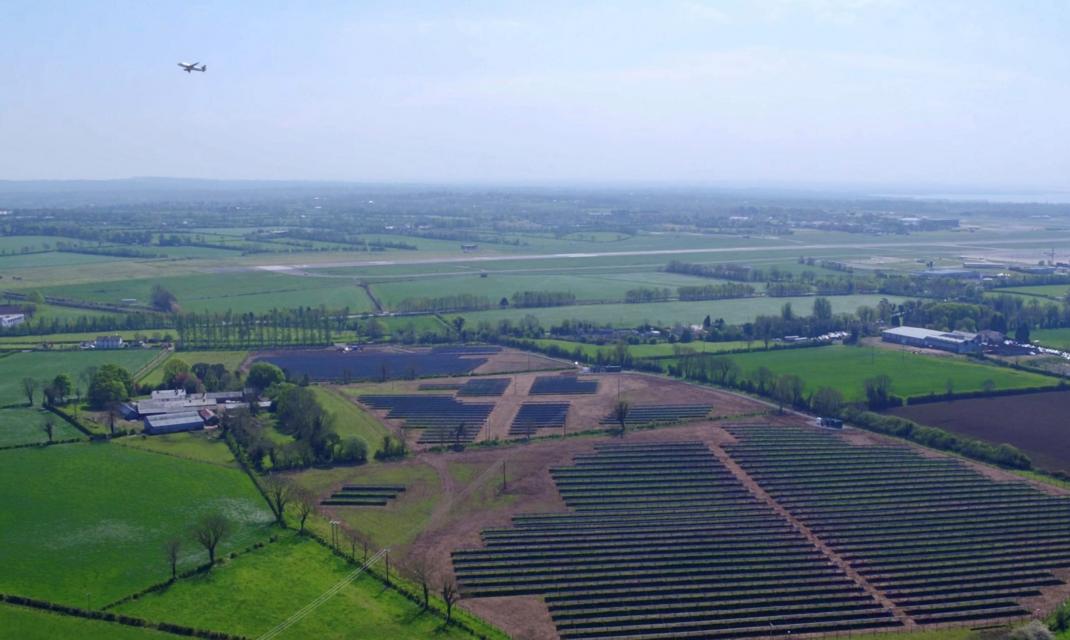AAHK Announces Target and Strategy to Achieve Net Zero Carbon at HKIA by 2050
Airport Authority Hong Kong (AAHK) has unveiled the target and strategy to achieve Net Zero Carbon by 2050 at Hong Kong International Airport (HKIA), with a midpoint target of 55% reduction of absolute emissions by 2035 from a 2018 baseline.
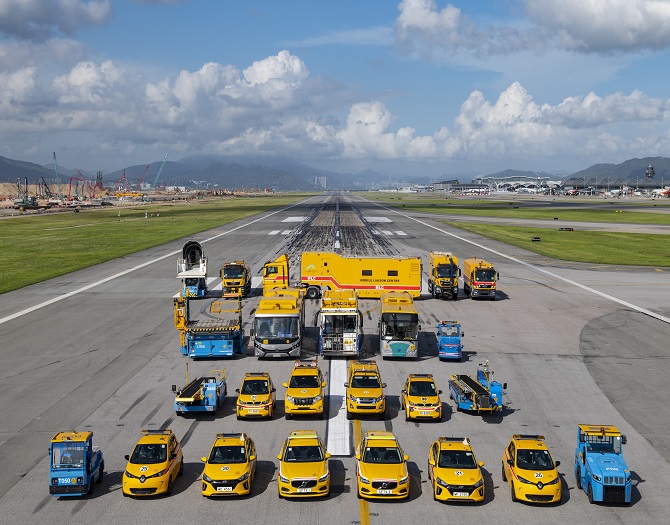
Fred Lam, Chief Executive Officer of AAHK, said:Sustainability is at the centre of our long-term development vision. HKIA’s Net Zero Carbon target not only aligns with the Government’s 2050 carbon neutrality target, but also makes us a leading airport in carbon management. Working closely with business partners, we are confident in achieving our carbon reduction targets in tandem with the future capacity and traffic growth at HKIA.
To achieve the midpoint target, AAHK has formulated a carbon management action plan which aims at the reduction of both direct emissions at the airport and indirect emissions from consumption of electricity and gas. Measures that have already been taken forward to reduce direct emissions include electrification of airside vehicles, a ground services equipment pooling scheme, piloting of renewable diesel, and more. AAHK has also been implementing energy efficiency initiatives that bring down indirect emissions, including installation of LED lighting and energy efficient chillers, as well as development of innovative energy management solutions such as a battery energy storage system, among others.
AAHK works closely with the airport community under an airport-wide approach to set and achieve the new carbon reduction targets. AAHK and the key aviation-related business partners, accounting for about 90% of the carbon footprint at HKIA, have jointly committed to achieving the targets.
To support business partners in achieving the Net Zero Carbon target, AAHK is launching a Business Partner Carbon Support Programme that comprises a HK$20 million Green Innovation and Technology Fund to support piloting of new technologies; a capacity building programme in partnership with the Business Environment Council to build essential skills and knowledge in carbon management across the airport community; and Technology Working Groups to enhance collaboration between AAHK and business partners.
AAHK also supports the use of sustainable aviation fuel (SAF), with relevant fueling infrastructure already installed at HKIA that enables airlines to receive, store and uptake pre-blended SAF at HKIA. AAHK will also work with industry partners to promote the awareness and knowledge for the importance of scaling up SAF usage in the region.
Peter Lee, General Manager, Sustainability of AAHK, said:Innovation, capacity building and collaboration hold the key to achieving the Net Zero Carbon target. Our Business Partner Carbon Support Programme is tailored to address the needs in all these aspects. We are pleased to see the positive response from our business partners in support of decarbonisation. With the collaborative effort of the airport community, we are fully committed to achieving this Net Zero Carbon target in pursuit of our pledge to make HKIA the world’s greenest airport.
AAHK recently published its Sustainability Report for the year 2020/21. For details, visit: www.hongkongairport.com
This article was originally published by Airport Authority Hong Kong.



